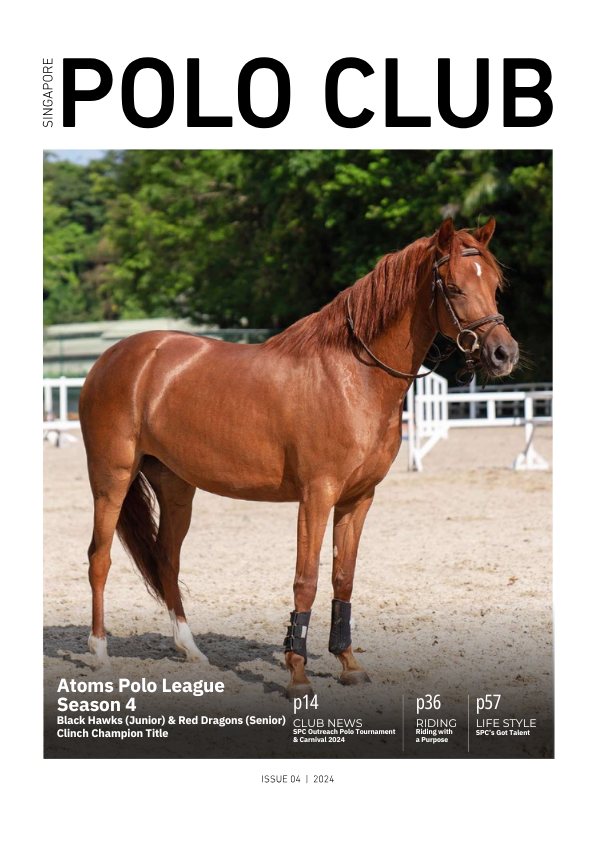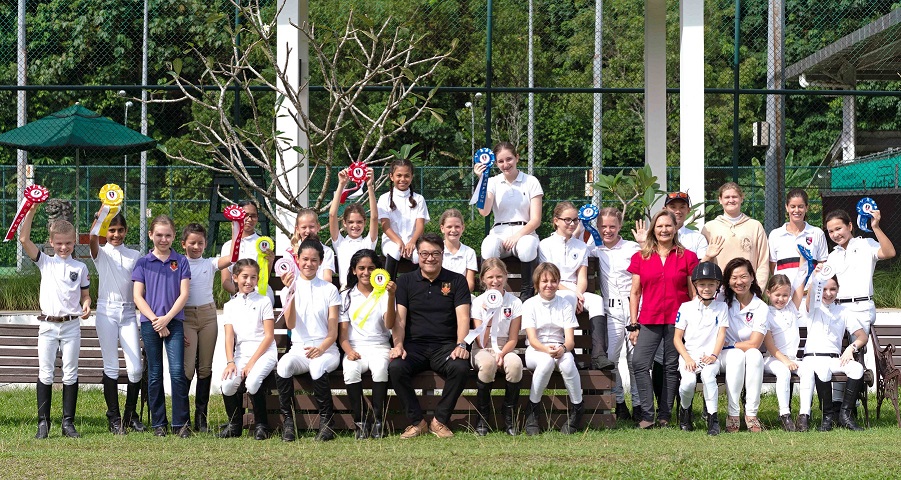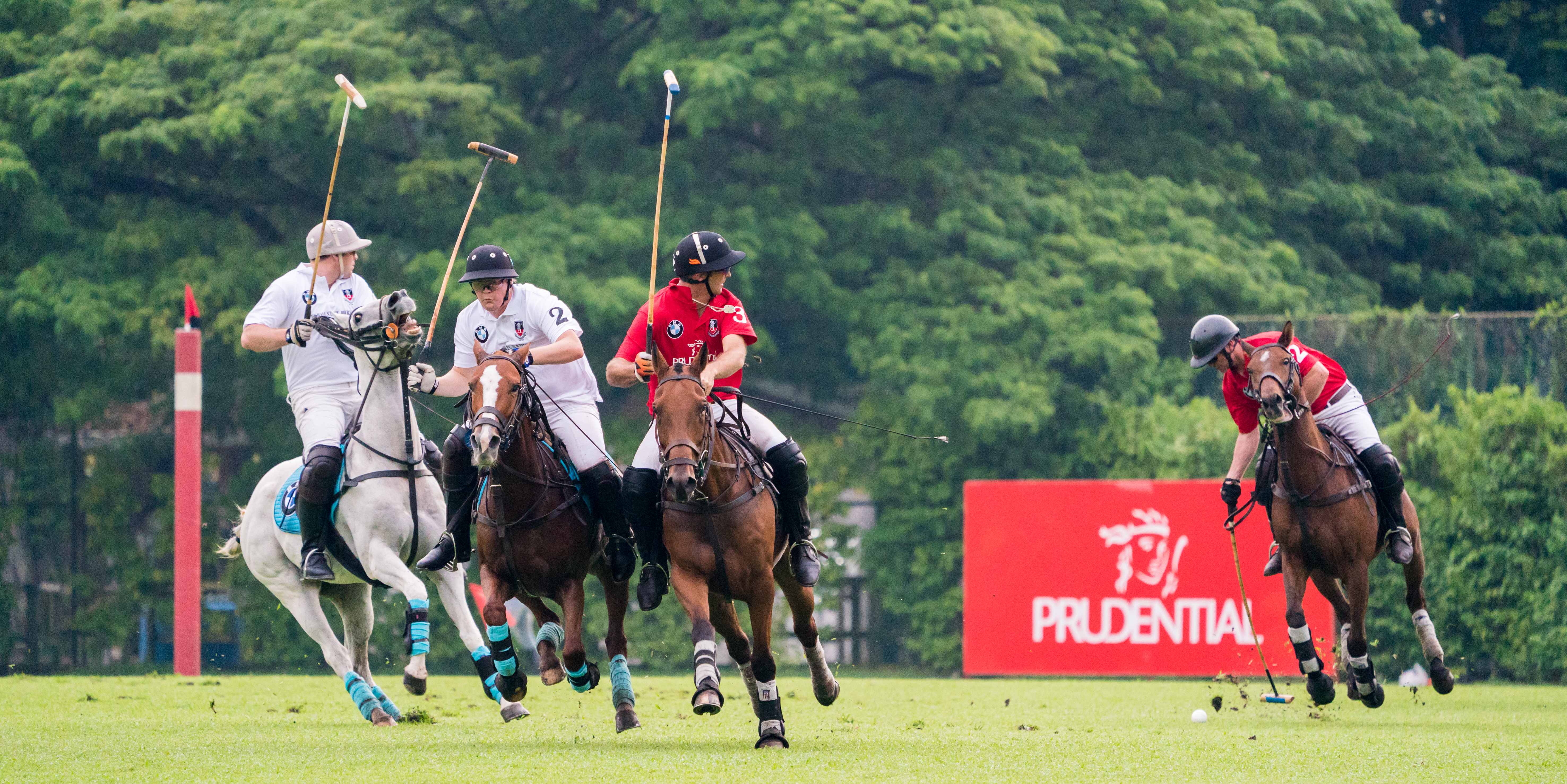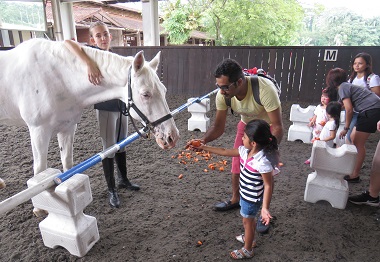CURRENT STRANGLES CASE IN SINGAPORE TURF CLUB
AVA has detected Streptococcus equi subsp equi, or strangles, from two horses at the Singapore Turf Club. Strangles is a highly infectious and contagious disease of equids that is notifiable in Singapore. AVA has conducted an initial investigation and stable blocks containing the affected horse. In-contact and suspect cases are currently under isolation.
The Club is in contact with the AVA as well as our regular veterinarians about the situation and there is no cause for any alarm, or indeed any overreaction, at the present time. However, to be on the safe side, all members, guests or service providers must not bring to the Club any clothing, footwear or any other equipment that has been worn or used within the horse yards at the Singapore Turf Club.
Please note, Singapore Turf Club Riding Centre is separate to the Singapore Turf Club.
AVA has not restricted movement of horses within Singapore.
What is Strangles?
Strangles is a highly infectious and contagious disease of equids that is notifiable in Singapore. It is mainly characterised by abscessation of lymphoid tissue of the upper respiratory tract which may result in mucoid or mucopurulent nasal discharge and submandibular lymph node enlargement. Other clinical signs include fever and loss of appetite. Most animals recover quickly from the disease, although in rare cases it may be fatal. Infection is spread by direct contact between horses, but can also be transmitted by fomites (e.g. clothing, footwear, horse tack, equipment and vehicles) and direct contact with infectious exudates shed from the nose or draining abscesses. Good biosecurity practices are essential to control the spread of the disease. Strep equi subsp equi is susceptible to desiccation, extreme heat and sunlight, but under ideal environmental conditions, can survive outside the host for up to 4 weeks. Disinfectants such as chlorhexidine gluconate or glutaraldehyde should be used to disinfect contaminated equipment. Quarantine new horses and isolate horses which appear to be sick. Carrier animals are important for maintenance of the bacterium. A horse that has recovered from the disease may become persistently infected. These horses appear clinically healthy may intermittently shed the bacterium.









